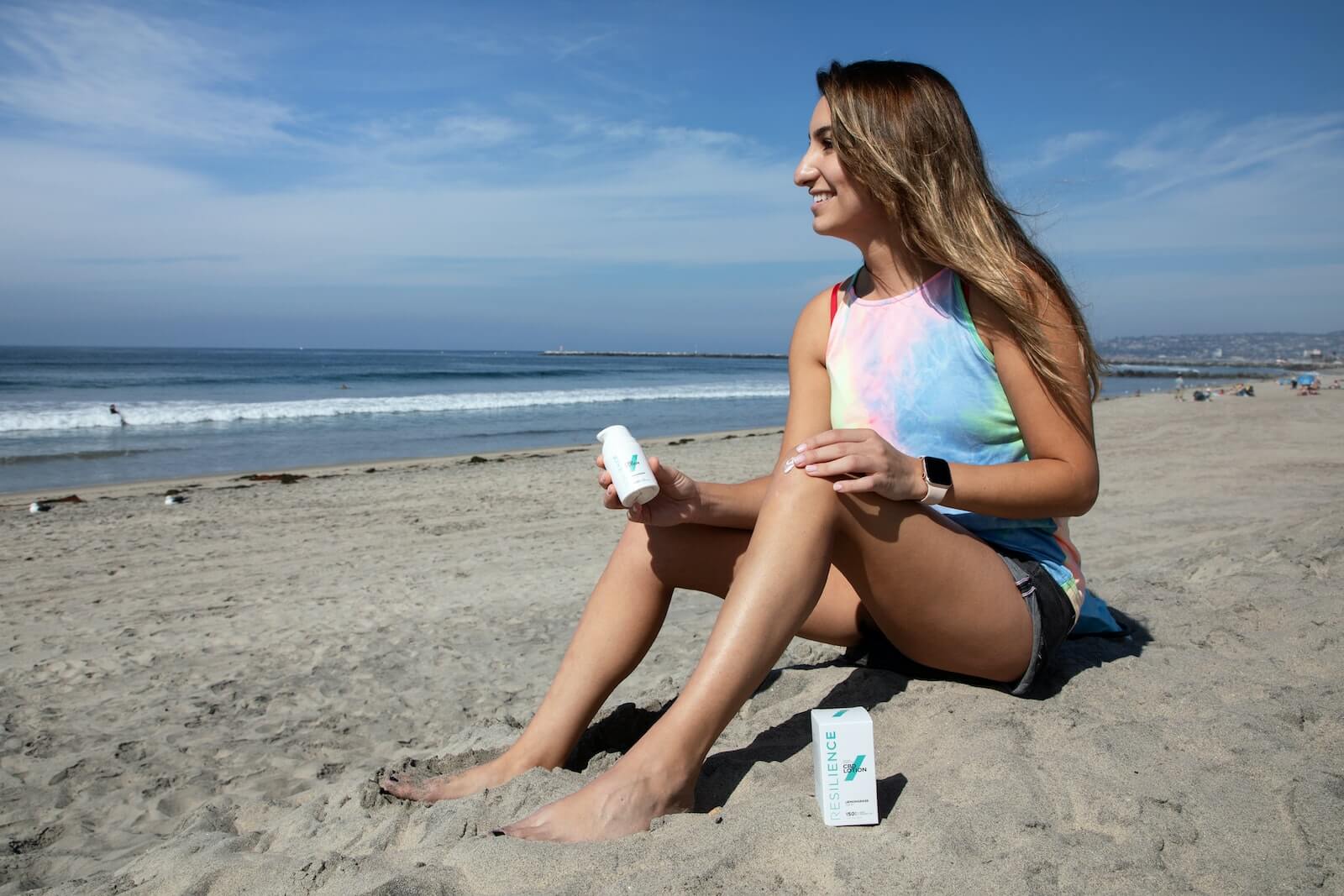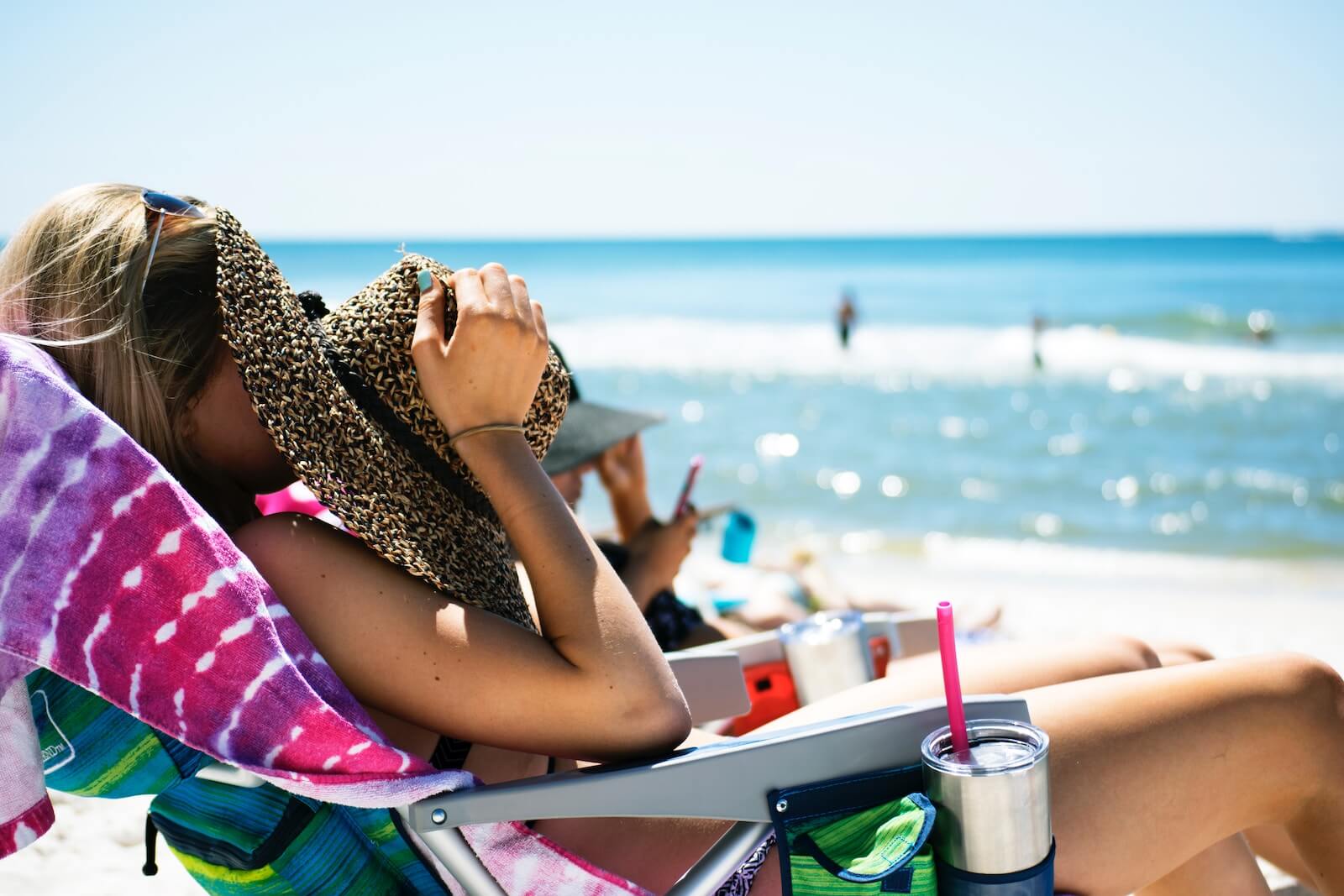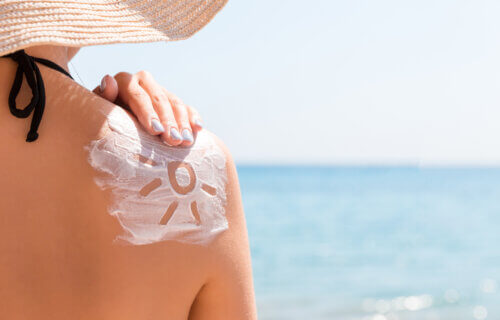MANCHESTER, United Kingdom — A quick trip to the beach to work on your tan may actually do more harm than good for your skin. A new study finds taking short trips to seek out intense sunshine could end up disrupting your skin’s microbiome and increase your vulnerability to infections.
Researchers in the United Kingdom have found that getting a tan during a vacation negatively impacts the short-term diversity and composition of the skin’s bacterial makeup. They elaborated that the human skin, which is the largest organ of the body, hosts a vast array of bacteria, fungi, and viruses — microorganisms that comprise the skin microbiota.
These microbial populations are organized in complex community structures, and one of their key functions is to guard against infections and diseases. However, the research team points out that prolonged exposure to ultraviolet radiation (UVR) leads to damage in skin cells’ DNA, inflammation, and premature skin aging. Nevertheless, people continue to pursue sun-seeking summer adventures.
“Here we show in a cohort of holidaymakers that their sun exposure behavior significantly affects the diversity and composition of their skin microbiota,” says Dr. Abigail Langton, the study’s principal investigator from the University of Manchester, in a media release.
“We have demonstrated that the development of a tan is associated with lower Proteobacteria abundance immediately post-holiday. However, the microbiota of all holidaymakers was recovered a few weeks after they stopped spending extended time periods in the sun.”

Before embarking on trips to sunny destinations lasting at least seven days, the researchers analyzed the participants’ skin. They found that the skin microbiota predominantly consists of three bacterial communities on the surface: Actinobacteria, Proteobacteria, and Firmicutes.
The participants’ skin microbiota was evaluated again on the first, 28th, and 84th days after the vacation.
The vacationers were also categorized into groups based on individual tanning responses. Among the 21 participants, eight, who tanned while on vacation, were labeled “seekers.” Seven others, who had a tan at the start and maintained it throughout their trip, comprised the “tanned” group. Together, these two groups were classified as “sun-seekers,” while the remaining six participants, whose skin tone remained the same, were called “avoiders.”
“This study was performed in real-life holidaymakers and provides important insights into how sun exposure resulting in a tanning response – even over a relatively short sunny period – can lead to an acute reduction in Proteobacteria abundance, which decreased skin microbiota diversity,” explains Dr. Thomas Willmott, the study’s first author and researcher at the University of Manchester.
Willmott noted that despite the swift reduction of Proteobacteria and the consequent shift in skin microbiota diversity, the bacterial community structure recovered 28 days after the trip.

“This indicates that UV exposure on holiday has an acute effect on the skin microbiota, but recovery is relatively rapid once the person returns to a less sunny climate,” Willmott continues.
“Proteobacteria dominate the skin microbiota. Accordingly, it is not surprising that there would be rapid recovery of the microbiota to re-establish optimal functioning conditions for the skin,” Langton points out.
The research team, whose findings were published in the journal Frontiers in Aging, expressed concerns about the swift alteration of microbiota diversity linked to diseases. For instance, a reduction in skin bacterial richness has been previously associated with dermatitis, and fluctuations in Proteobacteria diversity have been linked to skin issues such as eczema and psoriasis.
The researchers concluded by emphasizing the need for future studies to explore why Proteobacteria appear particularly sensitive to UVR and to understand how these changes in diversity affect long-term skin health.
“Ideally, such studies will aim to increase the number of participants to allow further insights,” Langton concludes.
South West News Service writer Stephen Beech contributed to this report.

